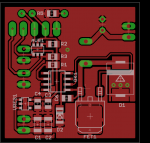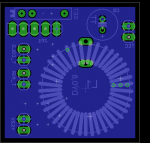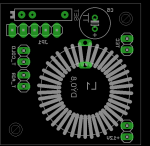My personal favorite is actually jst connectors on wires.
I get em from hongkong:
JST Cables (10-Pair) - Free Shipping - DealExtreme
I use the header-symbol regardless though, and just solder the wires to the pads. Makes for nice boxes. I equip all my Aixis modules with a male jst so I can swap em around. They do fit my psu plug too so better from crossing the wires hehe.
I get em from hongkong:
JST Cables (10-Pair) - Free Shipping - DealExtreme
I use the header-symbol regardless though, and just solder the wires to the pads. Makes for nice boxes. I equip all my Aixis modules with a male jst so I can swap em around. They do fit my psu plug too so better from crossing the wires hehe.










